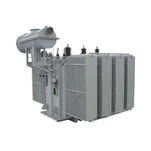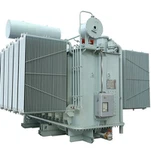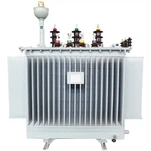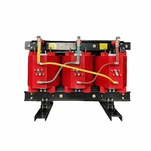In a typical oil analysis conducted for transformer maintenance, several specific tests are commonly included to assess the condition of the insulating oil and the transformer. These tests provide valuable insights into the health and performance of the transformer system. Here are some of the key tests typically included in a comprehensive oil analysis:
1. Dissolved Gas Analysis (DGA): DGA is one of the most critical tests in oil analysis for transformers. It involves measuring and analyzing the concentrations of various gases dissolved in the insulating oil. The presence and levels of specific gases, such as hydrogen, methane, ethylene, and acetylene, can indicate potential faults or abnormal operating conditions within the transformer, such as overheating, arcing, or partial discharge.
2. Dielectric Strength Test: This test assesses the dielectric breakdown strength of the insulating oil, which is crucial for determining the effectiveness of the oil in providing electrical insulation. A low dielectric strength value may indicate contamination or degradation of the oil, suggesting the need for further investigation or oil replacement.
3. Water Content Test: The water content in insulating oil is an important parameter to monitor, as excessive moisture can lead to insulation breakdown and reduced dielectric strength. Measuring water content through tests such as Karl Fischer titration helps identify potential issues related to water ingress and provides insights into the overall condition of the transformer insulation.
4. Acid Number (AN) Test: The acid number test evaluates the acidity of the insulating oil, which can increase over time due to oxidation or contamination. A high acid number indicates the presence of acidic byproducts that can accelerate insulation degradation. Monitoring the acid number helps assess the oil's stability and predict potential issues with the transformer's insulation system.
5. Interfacial Tension (IFT) Test: IFT measurement is used to assess the degree of oil degradation and contamination in the insulating oil. Changes in interfacial tension can indicate the presence of contaminants or degradation byproducts, providing insights into the overall health and stability of the oil.
6. Furan Analysis: Furan analysis involves measuring the concentration of furanic compounds in the insulating oil. These compounds are formed as a result of the thermal and electrical stress experienced by the transformer insulation. Monitoring furan levels can help assess the degree of insulation aging and predict potential faults in the transformer.
7. Particle Count Test: This test evaluates the number and size distribution of particles present in the insulating oil. Increased particle counts can indicate mechanical wear, insulation breakdown, or the presence of contaminants in the transformer system. Monitoring particle counts helps assess the cleanliness of the oil and the condition of the transformer.











